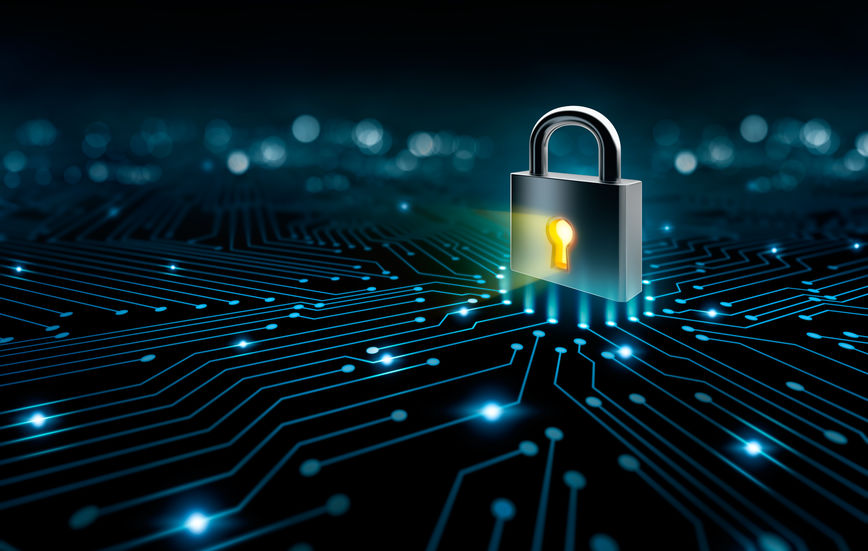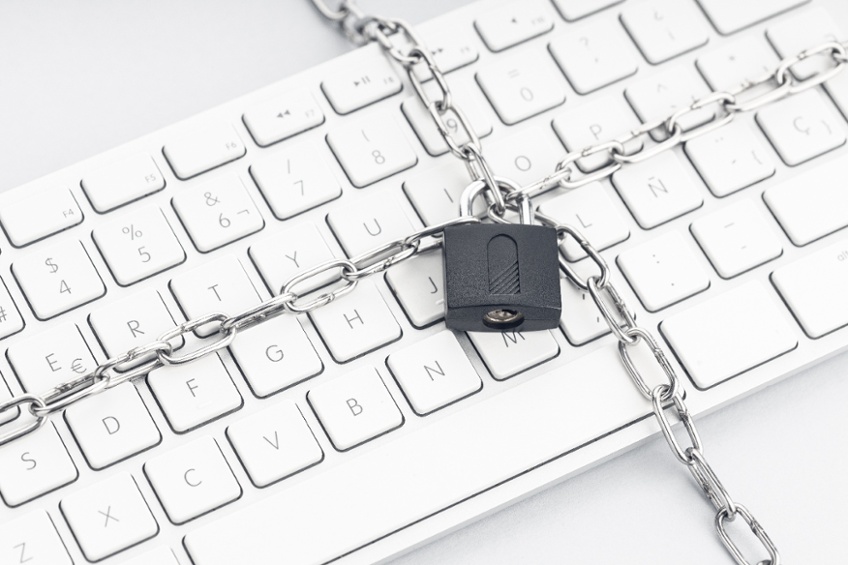A stronger password in four easy steps

We all know we should be using strong passwords. But studies show that many of us are still using passwords like ’123456.’ That was the most-used password nationwide last year, followed by ‘password,’ ’123456789,’ ’12345678′ and ’12345′. Rounding out the top 10: ’111111,’ ’1234567,’ sunshine,’ ‘qwerty,’ and ‘iloveyou’. Chances are, even if your password skills are much better than average, they could still use some improvement. That’s why we wanted to share with you four simple steps to a stronger password.
Use phrases instead of single words. Long passwords that have a minimum of 12-14 characters, with uppercase and lowercase letters and numbers, are strong passwords. Consider using a phrase. The more obscure, the better! You do not have to use spaces. Just type all of the words into one, long password.
Add in some several special characters. Adding numbers and symbols throughout your password in place of letters, in between words or at the beginning or end, adds an effective layer of added security. For example, the strong password version of “TheQuickBrownFoxJumpsOvertheLazyDog’ could be Th3Qu1ckBr0wnF0xJump$0verTh3LazyD0g. Use a not-so-obvious phrase, though, that you’ve made up yourself. Do not include your own name or birthday or information relating to you or any of your family members.
Use a different password for every online account. Using the same password for more than one account leaves you vulnerable to hackers who can gain access to all of your accounts if they guess the one. You should have a different and strong password for each of your online accounts.
Use a password manager and two-factor authorization. Now that you have several different quality passwords, it is time to remember them! A password manager is a secure system that stores complex passwords for you through a two-factor authentication system. Two-factor authorization requires you to provide a second form of identification, such as a multi-digit code texted to a smartphone, to log into an online account. It’s a highly secure way to protect your private information. So, instead of remembering dozens of passwords, you just need to remember one.
Speaking of two-factor authorization, using it can dramatically reduce your chances of being a victim of cyber crime. Use it with as many online accounts as you can. It may take a few extra minutes to log in, but it makes your online accounts much more secure.


